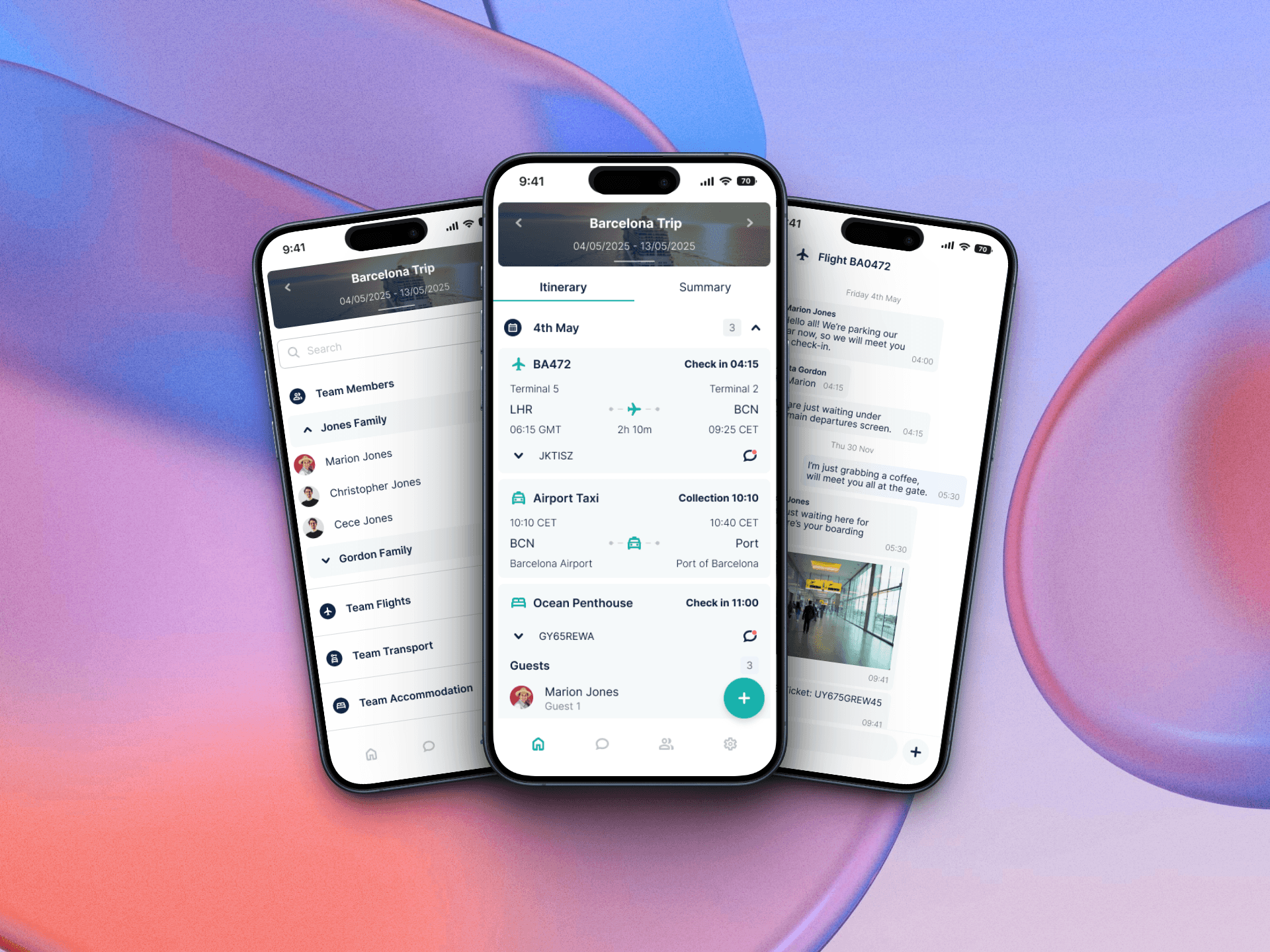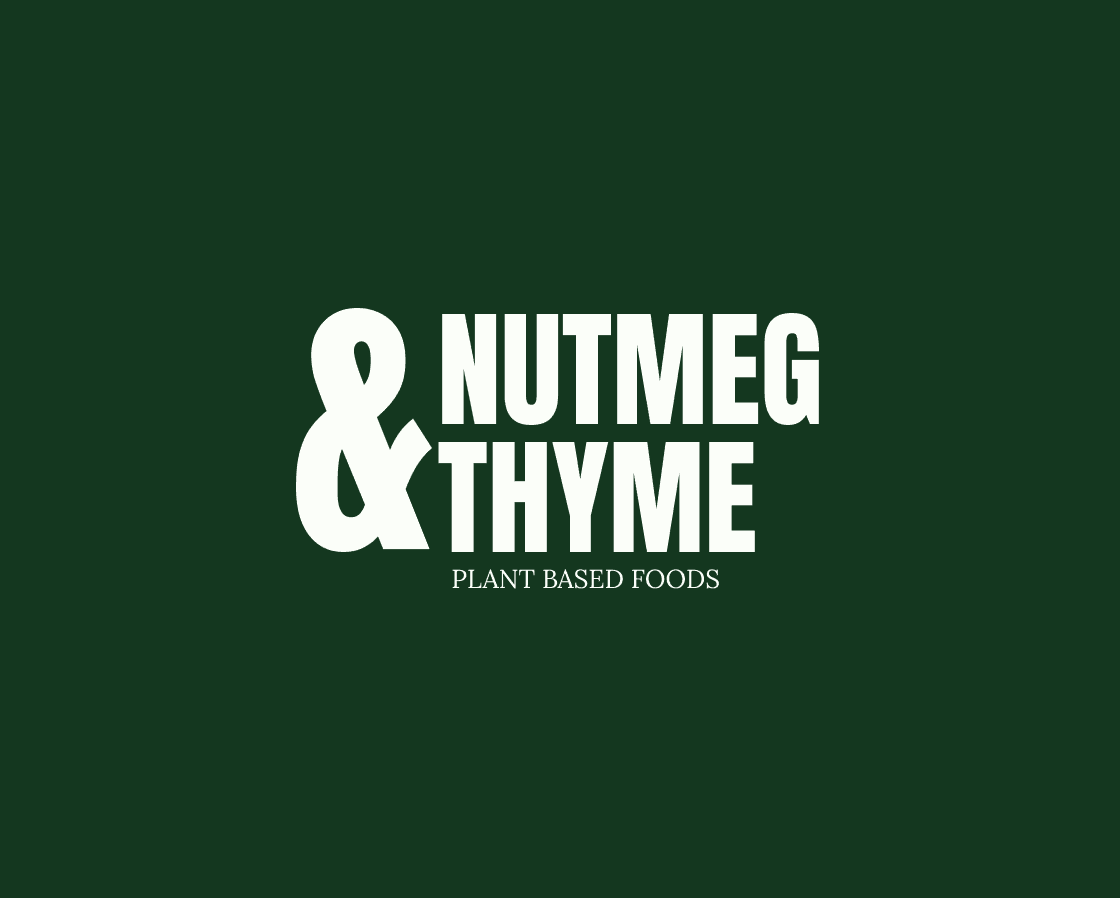User Interface
User Experience
Information Architecture
Web Design
Research
During the initial research phase, I engaged with the organisation's stakeholders through a series of discovery interviews. These interviews were instrumental in defining specific design requirements and ensuring alignment with the stakeholders' vision for the General Sports Worldwide website.
I also proactively incorporated user feedback through observation of people's interactions with the existing website. I gained valuable insights into users' navigation patterns and behaviour on the site through a hands-on approach. This deepened my understanding of user needs and potential pain points for them and the business. The stakeholder and user-centric research approach laid the groundwork for a more informed and user-focused redesign strategy.
Competition Analysis
The redesign strategy for General Sports Worldwide's website was shaped by a thorough competition analysis. This informed our design choices and provided a benchmark for functionality and content. Identifying the strengths and weaknesses of our competitors' websites allowed us to strategically position GSW for a competitive edge.
Users
Partners
The main users of the site are potential sponsorship partners, the biggest drivers of income.
Clients
Secondary, potential management clients, investigating the ethics and values of GSW.
Pain Points
Lack of clarity
Users felt that the previous site mentioned a lot of different branches of the business, but didn't explain what they did.
Bland Design
The website incorporated a lot of beige and white tones, this left users feeling disengaged.
Approach
Recognising the dual use cases for the General Sports Worldwide website, we conducted a card sorting workshop to help define an efficient navigation system. The aim was to ensure that users could effortlessly locate information without feeling lost or overwhelmed by an excess of details. Collaborating closely with the client, we leveraged insights gathered from our research to craft a clear and well-labelled navigation structure. This involved organising content into logical categories, establishing hierarchies, and defining relationships to enhance user experience. Subsequently, I dedicated time to meticulously refining this navigation structure, ensuring clarity and coherence in the overall information architecture.
Figma & FigJam
Miro
Elementor
Wordpress
Ideation
Quickly investigating screen patterns using sketching and wireframes to draw-out different approaches to the brief.
Medium fidelity protypes
Creating medium fidelity prototypes for this project was a strategic decision. It balanced detail without overwhelming stakeholders. It allowed for swift iteration, exploration of user feedback, and in-depth analysis of functionality and user flow. This was particularly helpful in establishing a shared understanding of the application of their visual branding in colours and fonts.
Construction
Translating design concepts into functional elements to ensure a seamless user experience, my involvement extended from the initial stages to the final implementation. This hands-on development process allowed me to fine-tune the site for optimal performance and user engagement. Utilising my skills in WordPress development, CSS and basic HTML, I successfully transformed design concepts into a fully functional and aesthetically pleasing website.
Impact
87% increase in page duration
Through monitoring the google analytics of the site, there has been an increase in session duration and engagement.
Better SEO performance
Implemented enhancements resulted in a notable boost to the website's SEO score.
Positive stakeholder feedback
The website redesign was well received by the board and the wider company.













